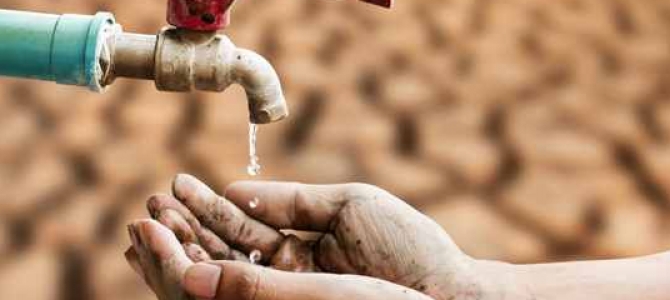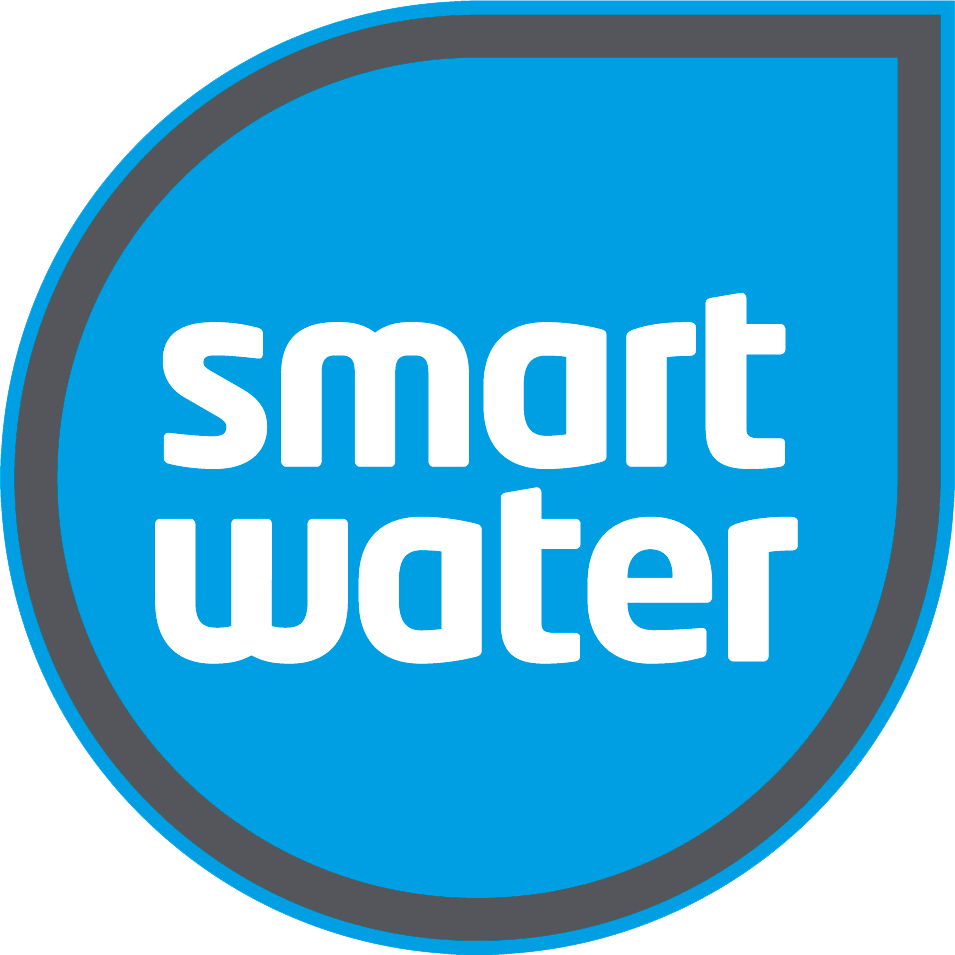 Shopping Cart
Shopping Cart
27 January 2023
The role of rainwater harvesting in drought-prone areas

Rainwater harvesting is a method of collecting and storing rainwater for later use, and it is becoming increasingly important in drought-prone areas. Drought is a prolonged period of dry weather that can have severe consequences for the environment and communities that depend on water for survival. As climate change continues to worsen and water resources become scarcer, rainwater harvesting is becoming a vital tool for conserving water and reducing the impact of drought.
In the northern hemisphere, the summer of 2022 was one of the worst on record for countries across Europe, North America, and the Middle East in terms of drought. The BBC reported that two-thirds of Europe was under some sort of drought warning, making it the worst such event in 500 years.
According to the Guardian, The number of people at risk of starvation in the drought-ravaged Horn of Africa has increased to 22 million, the UN’s world food programme (WFP) says.
The article goes on to say “Years of insufficient rainfall across Kenya, Somalia and Ethiopia have caused the worst drought in 40 years and conditions akin to famine in the hardest-hit areas, aid groups say.
“An unprecedented four failed rainy seasons has killed millions of livestock, destroyed crops and forced 1.1 million people from their homes in search of food and water.”
Whilst European countries are likely to get some respite from the drought during the winter, there is no end in sight for many countries, especially in Africa and the Middle East and rainwater harvesting is becoming an increasingly vital tool in the battle against drought.
Benefits of rainwater harvesting
One of the biggest advantages of rainwater harvesting is that it allows communities to collect and store water during periods of heavy rainfall, which can then be used during times of drought. This not only helps to mitigate the effects of drought but also allows communities to become more self-sufficient and less dependent on outside sources of water.
Another advantage of rainwater harvesting is that it can help to recharge aquifers and other underground water sources. Aquifers are underground layers of rock that contain water, and they are an important source of water for many communities. However, during times of drought, these aquifers can become depleted. By collecting and storing rainwater, communities can help to recharge these aquifers, ensuring that they will have a reliable source of water during future droughts.
Reducing stormwater runoff
Rainwater harvesting can also help to reduce the amount of stormwater runoff, which can be a problem in drought-prone areas. Stormwater runoff is water that flows over the surface of the ground during a rainstorm, and it can cause serious problems such as flooding, erosion, and water pollution. By collecting and storing rainwater, communities can reduce the amount of stormwater runoff, which can help to prevent these problems.
Stormwater runoff is also caused by growing urbanisation globally. In places where stormwater would previously have been absorbed by the soft soils, the large amount of concrete and asphalt in and around major cities means that this water has nowhere else to run, leading to flooding and other issues.
Rainwater harvesting is not only becoming a vital part of water conservation in more remote areas, but it is an essential cog in the wheel for large towns and cities.
Rainwater harvesting can save money
Additionally, rainwater harvesting can be a cost-effective way of providing water to communities, especially in rural and remote areas where access to water is limited. Building large-scale water supply systems are often too expensive for these communities, and it can be difficult to maintain them. However, rainwater harvesting systems are relatively simple to construct and maintain, making them a more affordable option for these communities.
In countries like New Zealand, Australia and the USA, where drought conditions are not unusual and can affect different parts of the country, we are starting to see more and more homes and businesses investing in rainwater tanks as a way of reducing costs and ensuring they have enough water to remain self-sufficient in the case of water restrictions.
Whilst the upfront cost of installing a water tank can be prohibitive to some, if you plan to remain in a house or commercial property for a significant period of time, they will often pay back the initial cost in a relatively short period of time, saving you money in the long run.
Methods of rainwater harvesting
There are many different methods of rainwater harvesting, and the best method will depend on the specific needs and resources of the community. Some common methods include:
· Rooftop rainwater harvesting: This involves collecting rainwater from the rooftops of buildings and storing it in tanks or cisterns.
· Surface runoff harvesting: This involves collecting rainwater from the surface of the ground and storing it in ponds or reservoirs.
· Infiltration harvesting: This involves allowing rainwater to soak into the ground, where it can recharge aquifers and other underground water sources.
Each of these methods has its own advantages and disadvantages, and the best method will depend on the specific needs of the community.
Challenges of rainwater harvesting
Despite the many benefits of rainwater harvesting, it is not without its challenges. One of the biggest challenges is that some rainwater harvesting systems can be expensive to construct and maintain, especially in remote areas.
Additionally, it can be difficult to ensure that rainwater harvesting systems are properly maintained and operated, which can lead to problems such as contamination of the stored water. The cost of maintaining rainwater harvesting systems can be prohibitive, especially in some areas.
Another obvious issue with rainwater harvesting in some countries is that there is simply not enough rain to harvest. As reported by the Guardian, four failed rainy seasons means there simply would not have been the water to harvest in some African nations, so a rainwater harvesting system would be redundant.
Monitoring your rainwater levels
If you already have a tank installed or you are thinking of installing a tank, a great addition is a water level meter that will enable you to see how much water is in your tank at any time. These are particularly useful for large tanks that are used as the main source of water for a property, however, they can be installed on a wide range of water tanks.
At Smart Water, we have engineered the most advanced tank level indicator available that now offers full cloud connectivity.
Easy to install yourself, your Smart Water tank indicator provides you with all the information you need from our app or from one of our LCD displays. Find out how much water you consume on average from your tank, accurate pressure data and estimates on when your tank will run out of water based on current usage.
Find out more about our range of products or check out our FAQs for more information.
Summary
In conclusion, rainwater harvesting is becoming an increasingly important tool for conserving water and reducing the impact of drought in drought-prone areas. It allows communities to collect and store water during periods of heavy rainfall, which can then be used during times of drought. It can also help to recharge aquifers, reduce stormwater runoff, and provide a cost-effective way of providing water to communities. However, it is important to note that rainwater harvesting is not without its challenges, and it requires careful planning and management to ensure that it is successful.
